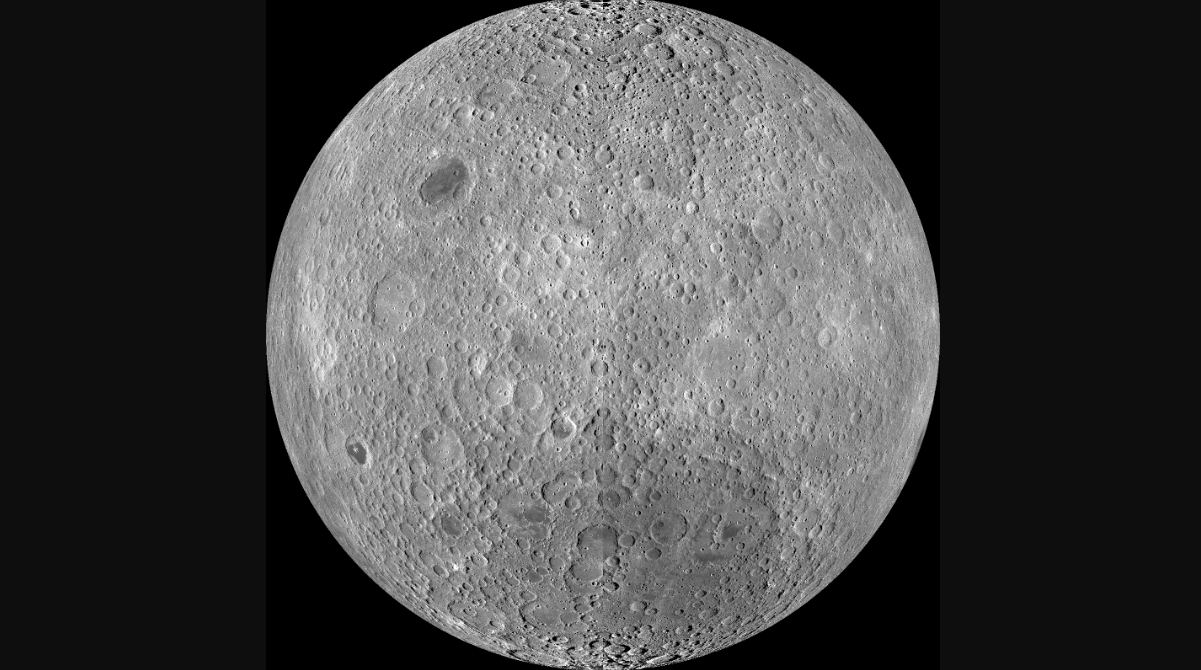
[ad_1]

China has revealed that four international experiments will fly on its historic Chang’e 6 sample-return mission to the far side of the moon in 2025.
Chang’e 6 is a follow up to China’s successful 2020 Chang’e 5 mission, which performed the first moon sample return in more than 40 years, delivering 3.75 pounds (1.7 kilograms) of lunar material to Earth.
While the earlier mission targeted the near side of the moon, which always faces Earth, Chang’e 6 will launch around 2025 to target the South Pole-Aitken basin (SPA) of the lunar far side. It will rely on a relay satellite beyond the moon to provide a means of communication between Earth and the robotic spacecraft.
Related: The latest news about China’s space program
The China National Space Administration (CNSA) has now revealed (opens in new tab) that four additional instruments and spacecraft will join the mission, following a 2019 call (opens in new tab) for proposals.
The selected experiments are the DORN (opens in new tab) (Detection of Outgassing Radon) experiment from the French space agency CNES, which will study how the noble gas radon escapes from the lunar regolith. Italy’s National Institute for Nuclear Physics-Frascati National Labs (INFN-LNF) will contribute a laser retroreflector, designed to bounce light back to its source, allowing scientists to measure the time taken for the journey and convert the information into an accurate distance. NASA’s Apollo 11, Apollo 14, and Apollo 15 missions all carried laser-ranging retroreflectors.
Negative Ions at the Lunar Surface (NILS (opens in new tab)), an experiment from the Swedish Institute for Space Physics, will also be along for the ride, seeking to detect negative ions emitted from the lunar surface after interacting with the solar wind. The experiment is funded by the European Space Agency.
Finally, Chang’e 6 will also carry the ICUBE-Q cubesat for Pakistan, with some input from Shanghai Jiaotong University.
Chang’e 6 will launch from China’s coastal Wenchang spaceport on a Long March 5 rocket. The mission will consist of a service module, a lander, an ascent vehicle for lifting off from the moon and a reentry module for delivering up to 4.4 lbs (2 kg) of collected samples safely through a fiery reentry into Earth’s atmosphere.
The SPA basin is a colossal, ancient impact crater roughly 1,550 miles (2,500 kilometers) in diameter that covers almost a quarter of the moon’s far side and is thought to hold clues about the history of the moon and the solar system.
Separately, CNSA has issued a call for proposals (opens in new tab) to join its Chang’e 7 (opens in new tab) mission to the lunar south pole. The multi-spacecraft mission is expected to launch around 2026, having earlier been slated for around 2024.
Follow us on Twitter @Spacedotcom (opens in new tab) and on Facebook (opens in new tab).
[ad_2]